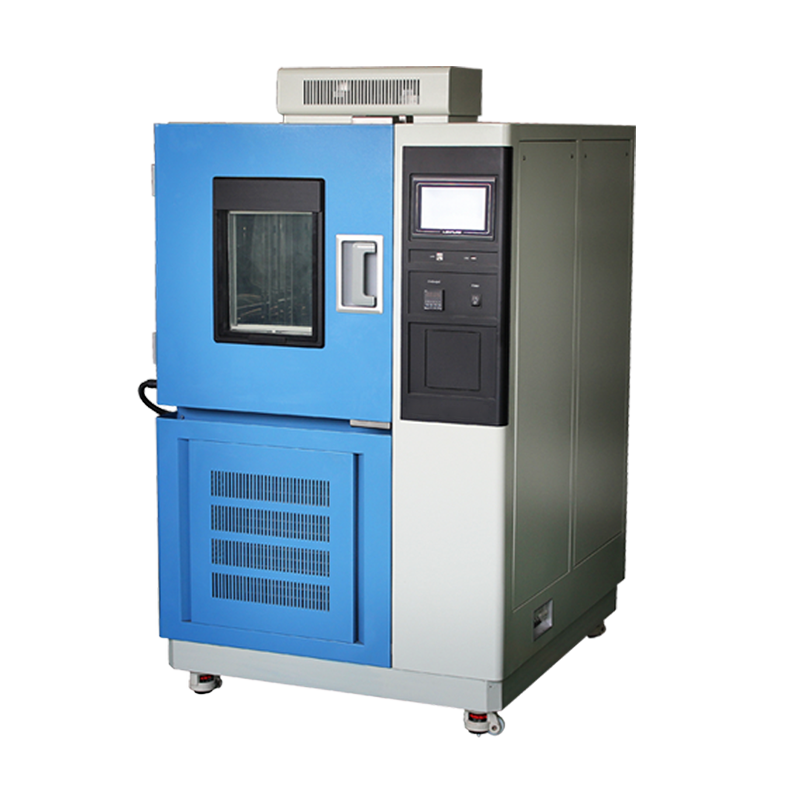In modern manufacturing, the stability and reliability of a product are the decisive factors that separate market leaders from the rest of the pack. As end-users demand ever-higher environmental tolerance, every component must prove it can withstand extreme swings in temperature. That is why the thermal-cycling test chamber—an advanced environmental-simulation tool—has become an essential early-warning system for product risk.
A thermal-cycling test chamber recreates rapid, repeated transitions between high and low temperatures. By forcing a product through these realistic but accelerated temperature changes, the chamber exposes any weakness in its ability to stay functional and intact.

Key Benefits of Thermal-Cycling Tests
-
Reveal latent failure modes
Temperature swings impose mechanical stress through thermal expansion and contraction. Hidden flaws—micro-cracks, loose fasteners, solder-joint fractures—surface quickly under controlled conditions instead of in the customer’s hands. -
Increase reliability and extend service life
Repeated cycling quantifies how aging and performance drift occur. Design teams can then refine materials, geometries, and manufacturing processes, ensuring the product remains stable even in harsh climates. -
Cut post-sale risk and cost
Screening products before launch slashes the likelihood of returns, warranty claims, and costly recalls, protecting both the balance sheet and brand reputation. -
Meet global standards and regulations
Automotive, electronics, aerospace, and other industries all specify thermal-cycling tests as part of product certification. Passing these tests is a prerequisite for entering—and staying in—global markets.
Why choose a state-of-the-art chamber?
The latest systems combine precise temperature control, rapid ramp rates, and intelligent data-logging with remote monitoring. These features yield transparent, repeatable results while minimizing labor and energy consumption.
The latest systems combine precise temperature control, rapid ramp rates, and intelligent data-logging with remote monitoring. These features yield transparent, repeatable results while minimizing labor and energy consumption.
In short, a thermal-cycling test chamber is more than an item on a checklist; it is a strategic asset that strengthens quality assurance, drives innovation, and builds competitive advantage. As technology evolves, investing in advanced environmental testing is becoming a cornerstone of sustainable growth.













